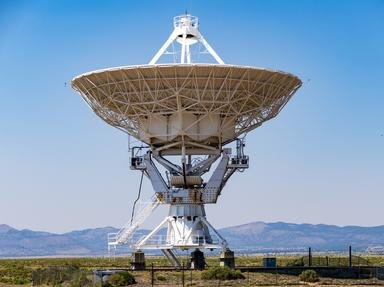Quiz Answer Key and Fun Facts
1. What is the name of the moon which revolves round Neptune in a clockwise direction?
2. What is the Hourglass Nebula?
3. Which planet rotates slower than it revolves round the Sun?
4. What is M16 also known as?
5. What planet is Solis Lacus found on?
6. Which is NOT a type of galaxy?
7. Name the four Galilean moons in order, starting with the closest to Jupiter.
8. What are the names of stars that revolve around each other?
9. Besides having an atmosphere, what is vital for a planet to have seasons?
10. There are three pillars of hydrogen gas in the Eagle Nebula. If you were travelling at the speed of light, how long would you take to travel from the bottom of the tallest pillar to the top?
Source: Author
Halcyon91
This quiz was reviewed by FunTrivia editor
crisw before going online.
Any errors found in FunTrivia content are routinely corrected through our feedback system.


